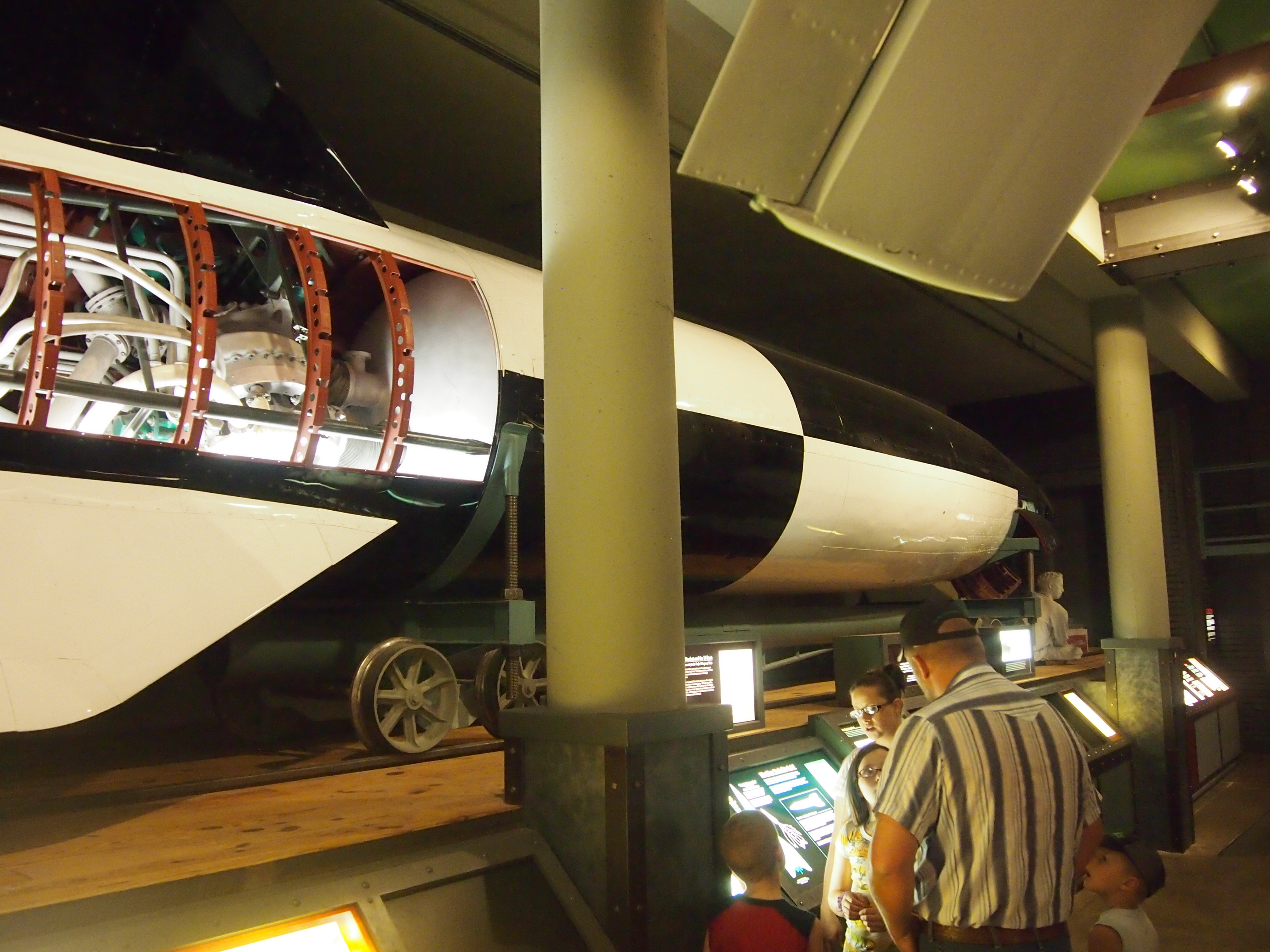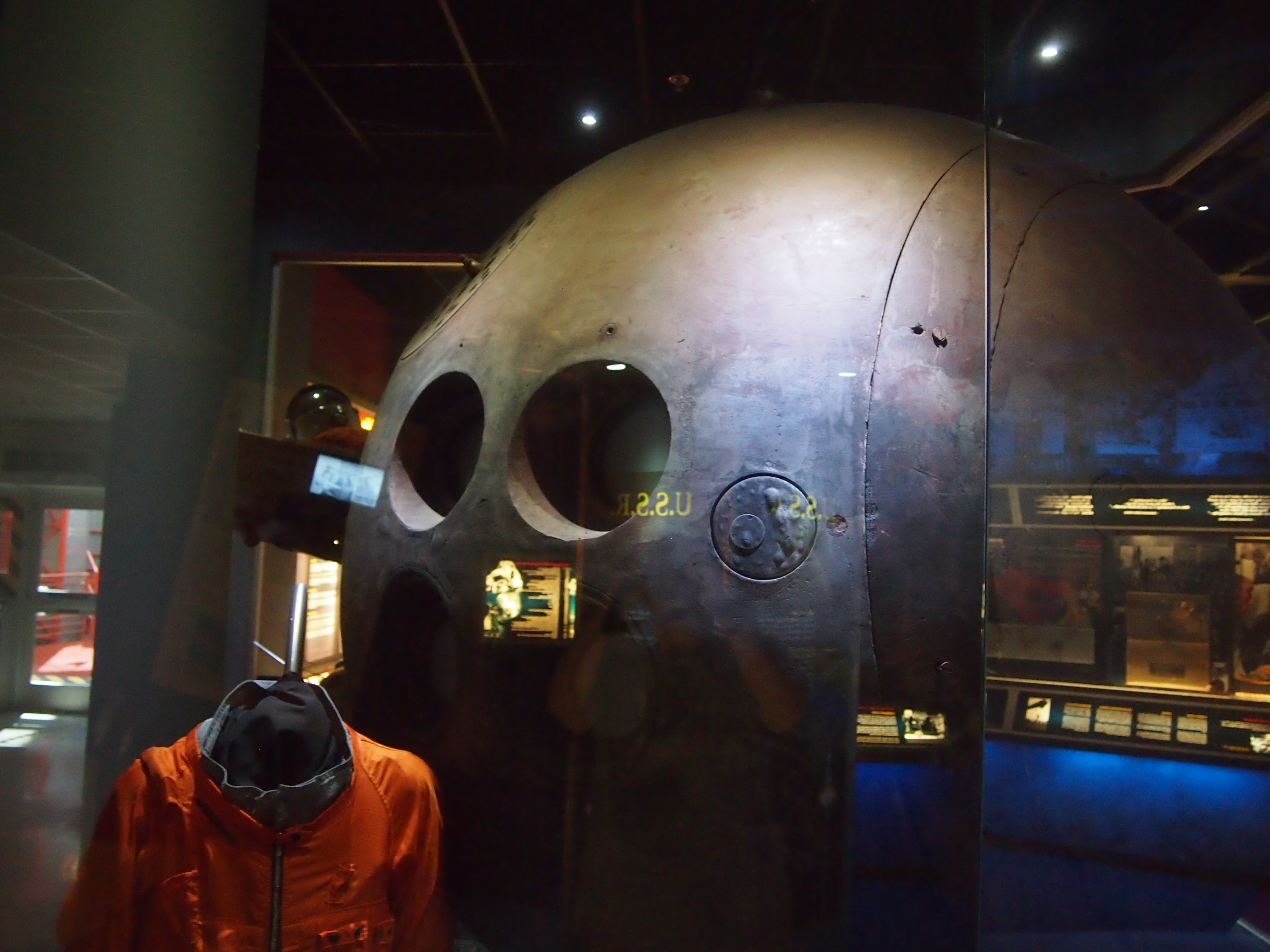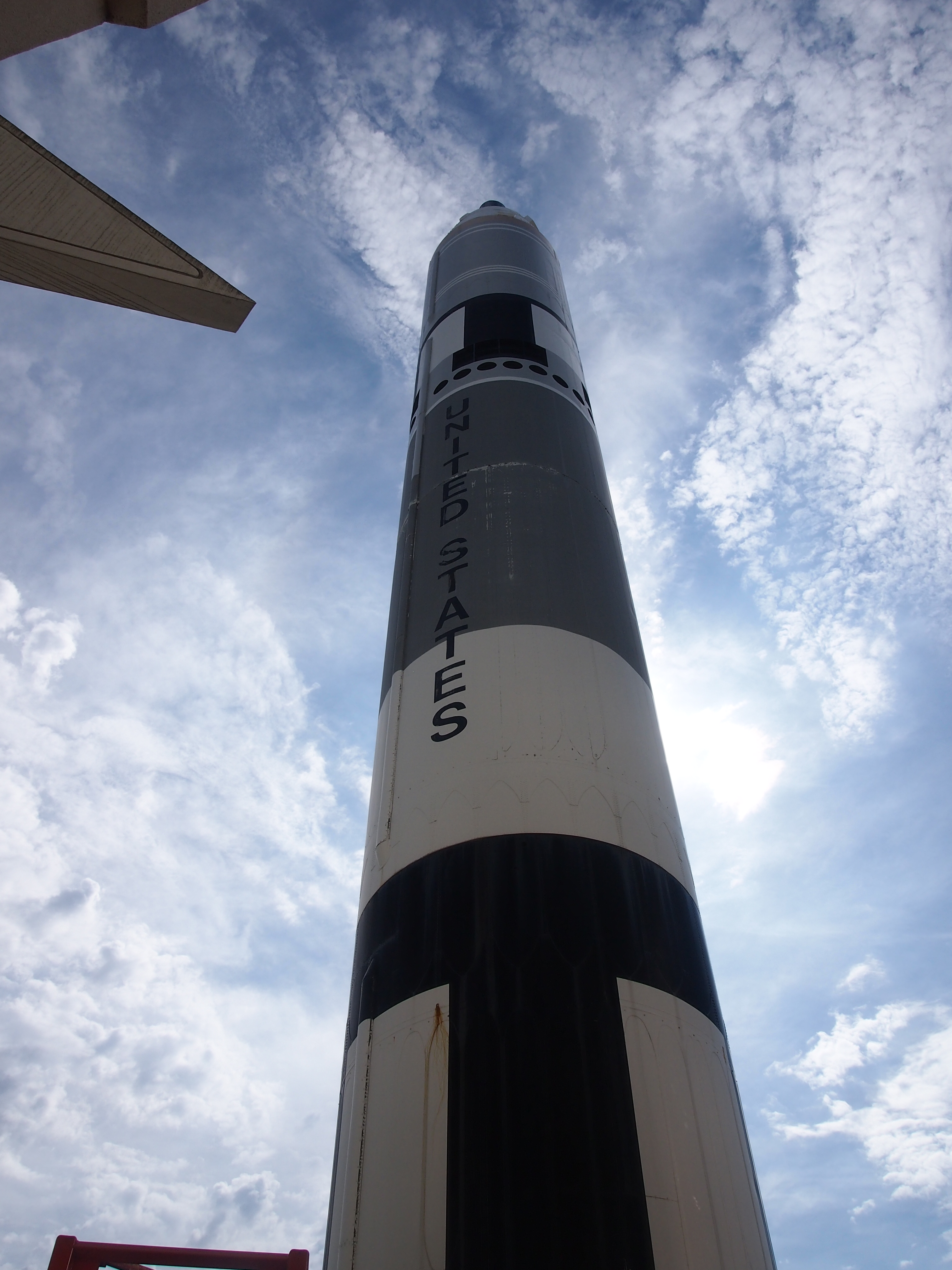Serendipity is your friend on the road, but you have to be open to it. After spending some time at the Wichita Public Library’s main branch in downtown Wichita on July 14, we headed west on Douglas Ave., the way we’d come into downtown. We wanted lunch, and I thought I’d seen something interesting coming in. But I couldn’t remember exactly what. Then I saw Nu Way Crumbly Burgers.
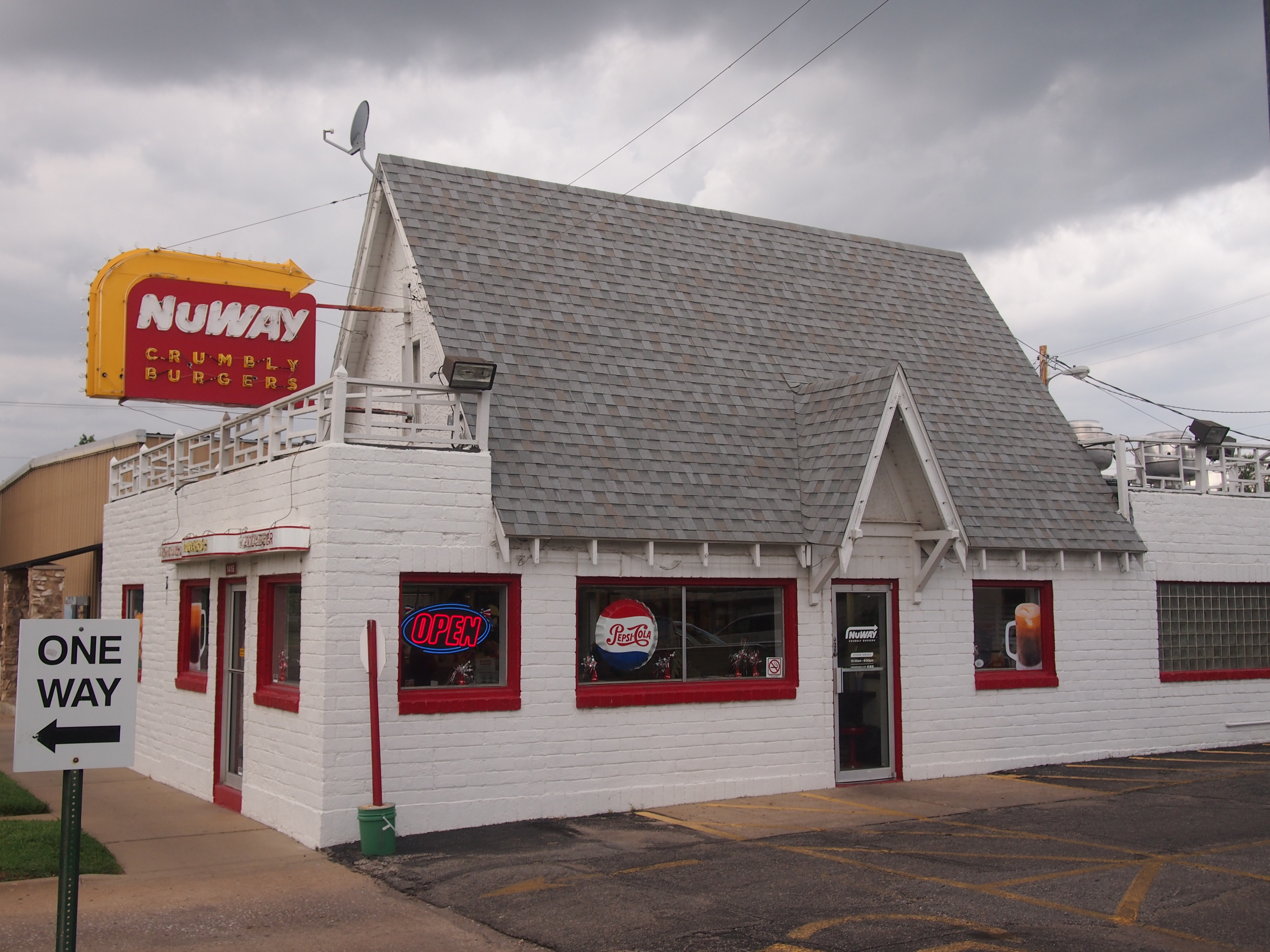 Clearly my kind of place. It’s a small Wichita chain. “The Nu Way tradition began on July 4th, 1930, at the same location we still call our ‘original’ home at 1416 West Douglas,” the Crumbly web site tells us. “It all started when Tom McEvoy… moved from Iowa to Wichita and built the first Nu Way. The dedication and absolute commitment to quality Tom began can still be tasted today as we carry on his reputation.
Clearly my kind of place. It’s a small Wichita chain. “The Nu Way tradition began on July 4th, 1930, at the same location we still call our ‘original’ home at 1416 West Douglas,” the Crumbly web site tells us. “It all started when Tom McEvoy… moved from Iowa to Wichita and built the first Nu Way. The dedication and absolute commitment to quality Tom began can still be tasted today as we carry on his reputation.
“We still make Nu Ways with the exact same recipe using our patented cookers and we still make our world famous Root Beer daily along with our homemade Onion Rings.”
Crumbly burgers are loose-meat sandwiches and root beer is, well, root beer, and we had both (Ann’s was a float), sitting at the counter. Considering that it was mid-afternoon on a Monday, the place was busy. For good reason. Those crumbly burgers might crumble, and you have to position your wrapping to catch those loose odds of meat, but they were satisfying. The frosty chilled root beer hit the spot exactly.
Nu Way harkens back to the ’30s. In Dallas, Keller’s evokes the 1950s, I think. But not the ’50s of televised nostalgia – we saw a lot of that in the ’70s – but just an ordinary burger-and-shakes joint that’s simply never been updated. Jay calls it Jake’s, since that used to be its name, but there was some kind of family ownership split or something. We went to the one on Garland Rd., but there are a few others, including one that’s supposed to be a drive-in. Anyway, the Garland location serves tasty burgers, fries and shakes, ordered and picked up at the front counter.
Bun ‘n’ Barrel is on the Austin Highway in San Antonio. Points for actually having two apostrophes. It’s been there since I can remember (it was founded in 1950, so that makes sense). The last time I went might have been in the late ’70s. It doesn’t seem to have changed too much with time, though there’s been a few recent renovations, such as the addition of a little nostalgia-oriented decor. They’re also happy that what’s-his-name on Diners, Drive-Ins and Dives showed up to do a segment a few years ago.
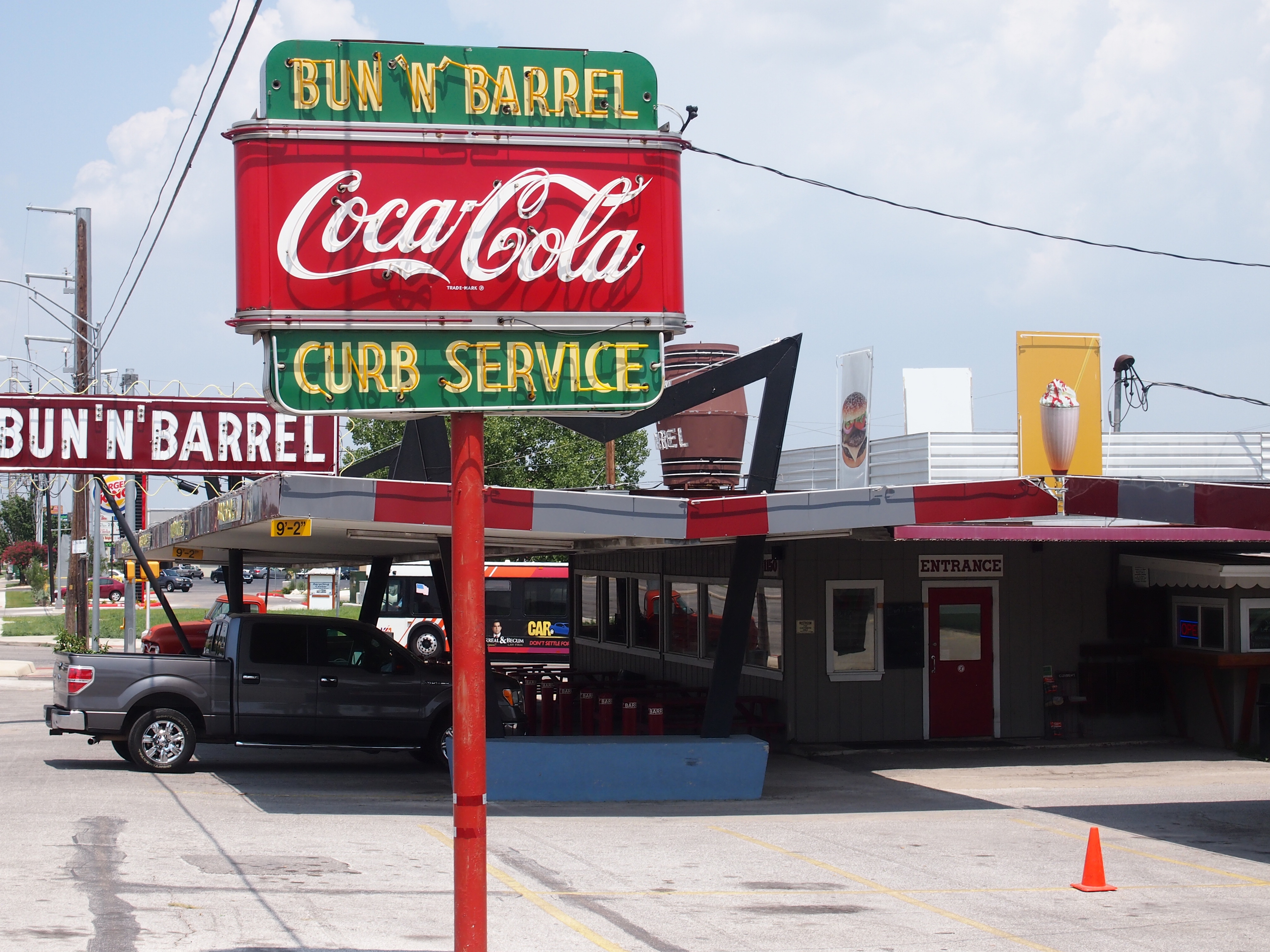 There’s a barrel on the roof, but I had a hard time getting a good shot of it. Also, it was over 90 F that day, and I didn’t want to loll around outside. Instead, I snapped the painted concrete barrel out in the back parking lot.
There’s a barrel on the roof, but I had a hard time getting a good shot of it. Also, it was over 90 F that day, and I didn’t want to loll around outside. Instead, I snapped the painted concrete barrel out in the back parking lot.
 I got the wrong thing: a ham plate. It wasn’t bad, but it was exactly like ham I can get at a grocery store. Probably the barbecue or a burger would have been a better choice.
I got the wrong thing: a ham plate. It wasn’t bad, but it was exactly like ham I can get at a grocery store. Probably the barbecue or a burger would have been a better choice.
Threadgills in Austin isn’t a classic road-food diner or a greasy spoon, but it makes a mighty chicken fried steak. Be sure to have it with mashed potatoes and fired okra. Its nostalgia is late ’60s, early ’70s. For instance, I saw that the Jerry Garcia Fest will be at the restaurant’s beer garden this weekend. We went to the one in South Austin, one of two locations. The current restaurants are descended from a beer joint that opened as soon as Prohibition ended, with a musical heyday 40 or 50 years ago.
Finally, if you’re southbound on I-35 north of DFW and you take the very first exit after crossing into Texas, and then gas up at the gas station there, you will also see this.
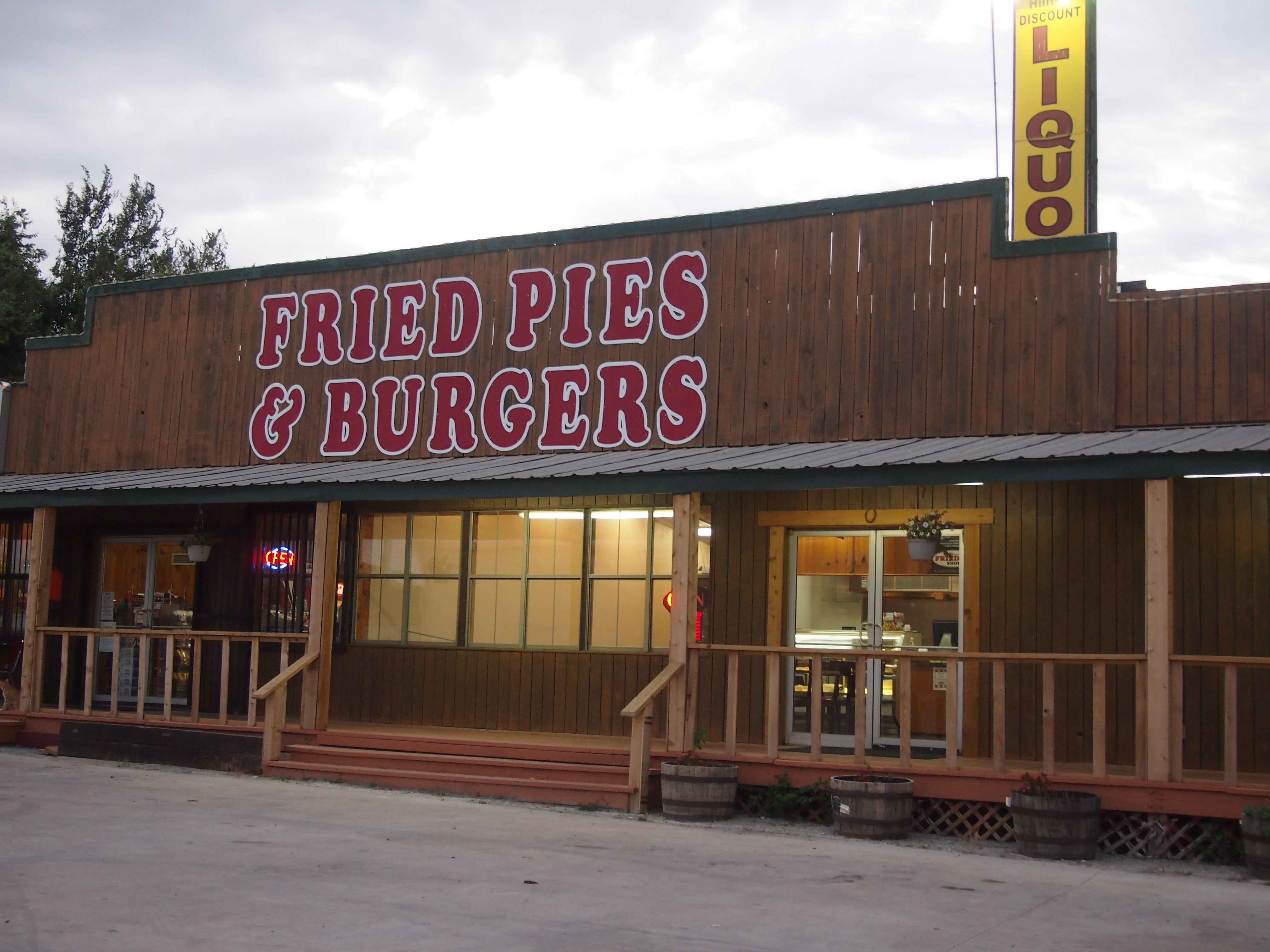 Among roadside eatery names, that’s high concept. Through much of southern Oklahoma, I’d seen fried pies advertised, like you can see pasties advertised in the UP. I decided it was time to investigate. It was arrayed like a doughnut shop, except replete with fried pies – bigger than the ones you buy in the grocery store, if you’re in the mood for high-calorie, barely mediocre treats. I bought a chocolate pie and a coconut one, and Ann and I split both. They were a lot better than any factory-make ones at a grocery store.
Among roadside eatery names, that’s high concept. Through much of southern Oklahoma, I’d seen fried pies advertised, like you can see pasties advertised in the UP. I decided it was time to investigate. It was arrayed like a doughnut shop, except replete with fried pies – bigger than the ones you buy in the grocery store, if you’re in the mood for high-calorie, barely mediocre treats. I bought a chocolate pie and a coconut one, and Ann and I split both. They were a lot better than any factory-make ones at a grocery store.
